A LANDMARK anniversary is on the horizon in European bloodstock next year, with 2024 marking 50 years since the foundation of what has developed to become Tattersalls Ireland.
One figure who has never been far away from the sustained progress of the Fairyhouse institution over that lengthy period is Tattersalls chairman Edmond Mahony, a horseman to the core who himself celebrated his 25th season in office as senior master of the Louth Foxhounds only last month.
Mahony, a most assured and measured character, has now been at the backbone of Tattersalls for more than four decades. This year marked 30 years since he succeeded Michael Watt as chairman of the global bloodstock giant.
Such lengthy service leaves him better placed than most to evaluate the importance of Tattersalls’ Irish wing reaching the half century mark. It was in 1975 that the first Derby Sale took place at the RDS Simmonscourt arena in Ballsbridge.
“For me, next year marking 50 years of what has come to be Tattersalls Ireland will be a real milestone,” says Mahony.
“My father was an auctioneer in Goresbridge and the RDS is where it all started in 1974. I’m looking forward to seeing how we might celebrate that anniversary. Where do those years go?
“We have given strong backing to Tattersalls Ireland, especially in terms of the site in recent years. We were very curtailed in what we could do when Covid came, but since then we’ve taken a very conscious decision to invest money in the facilities.
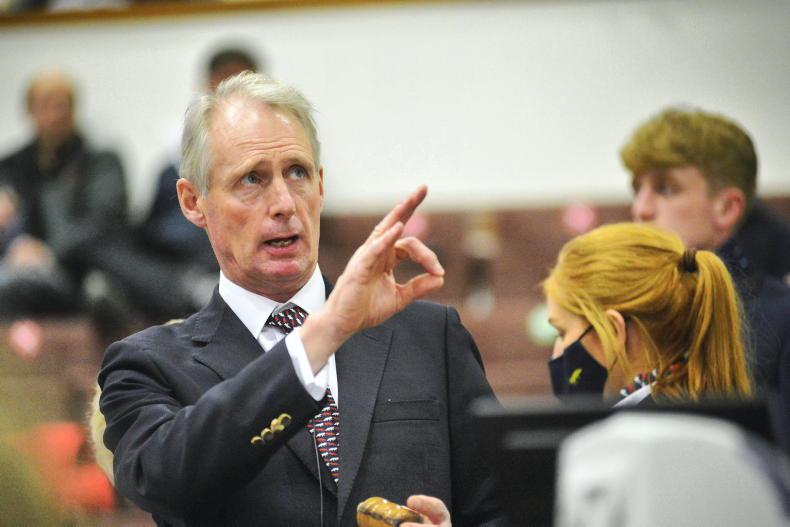
“I think Simon [Kerins, chief executive officer] has done a great job since he took over. He has assembled a young and enthusiastic team, who have done great work - particularly around the Tattersalls Ireland Goresbridge Breeze Up Sale, which has gone from strength to strength. I’d be very encouraged by the September Yearling Sale too.”
Relishing the challenge
On his own impressive tenure with Tattersalls, Mahony adds: “I’m very lucky and have got a great team around me. I’ve worked for Tattersalls for 42 years and have been chairman for 30; I still enjoy the cut and thrust of it all. I’m very fortunate to also be working in an industry that’s my hobby - not a lot of people can do that.
“I enjoy every minute of it, the challenge of it. Not that I look back a lot, but I get a lot of satisfaction in seeing where the company has come from in the last 30 years, how it has changed and developed. I get a lot of satisfaction from seeing the direction it has travelled.”
Throughout the bloodstock world, it appears the demand for top-quality stock has barely yielded in recent years. That is despite the many challenges presented as a result of Brexit, a global pandemic and Russia’s troubling invasion of Ukraine.
Mahony points to the industry’s ability to adapt as a factor in being able to avoid any game-changing disruption for the long run, with the rollout of an extended online sales series one greenshoot to emerge from the period of Covid-19 lockdown.
“I think Covid was a real challenge for all of us, not just auction houses but the whole industry,” says Mahony.
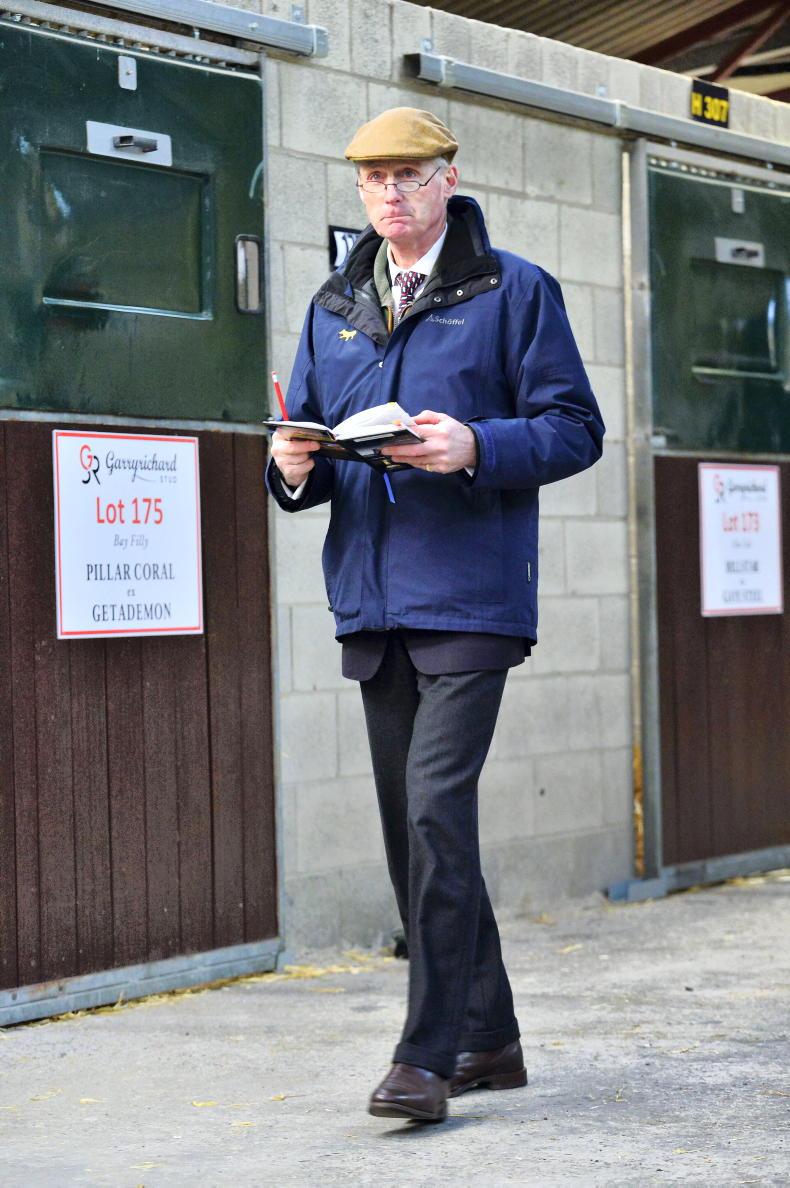
“I think we all did incredibly well to keep going in any capacity. People were extremely inventive in how to make things work and we developed our online sales virtually overnight. We’ve invested a fair bit of resource at online sales and now keep them going monthly.
Online potential
“It has started off in a small way but certainly there is the potential for it to grow further. At the most recent online sale we turned over just shy of 500,000gns whereas 12 months ago it was about 200,000gns. We also managed to sell a horse to Australia, as well as selling a horse located in France to a buyer in the UK. That partly gives you an indication of how people are more accepting of the platform and concept as time goes on.
“I don’t think online sales will ever be quite like they are in Australia because we don’t have the same problem of distance that they have, but it definitely has a place in the European sales calendar. Another point is the cost of bringing horses in training to the sales. If you can avoid having staff standing around for two days showing a horse who is going to make relatively small money, it’s worth considering if they can go a different direction with the online sales.”
When it comes to horses-in-training sales at Park Paddocks in Newmarket, the influence of foreign purchasers - particularly from the Middle East - cannot be underestimated.
The market for flat handicappers with ratings of at least 75 appears to be particularly solid, especially considering the limitations for what could be earned in prize money with horses of this calibre in handicaps in Britain, where prize money levels are generally deemed to be underwhelming.
Mahony says: “Many of the Gulf states are investing heavily in their own racecourses and programmes. They’re not able to raise racehorses in the way we can here so, luckily for us, the obvious place for them to come is Newmarket.
“We’ve benefited enormously from attracting them to buy horses in training and there’s a sort of beneficial spin-off too whereby if they come to Newmarket, they often buy a yearling and leave it here. That’s quite a virtuous circle for us.”
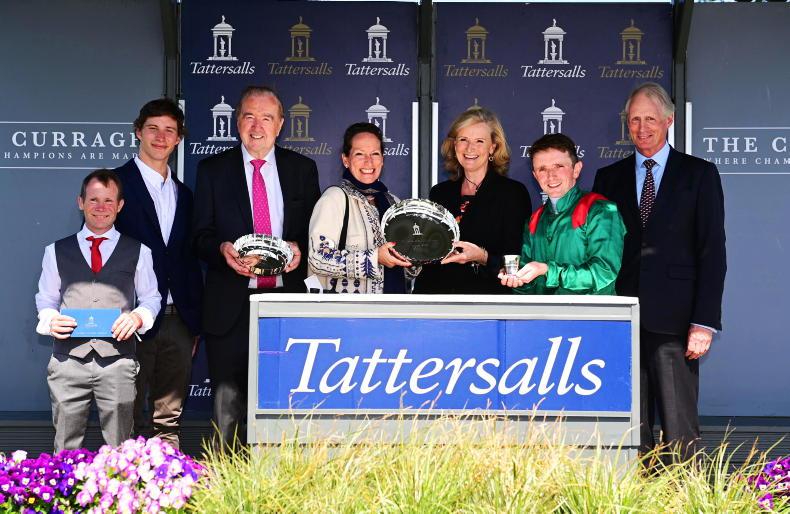
Resale value
He adds: “Everyone talks about prize money. The one saviour British racing does have is the resale value of horses in training. I think that underpins a lot of the fact that people can buy yearlings after selling their horses in training well.”
Given his expertise in witnessing the sector develop and change over the past 42 years with Tattersalls, what does Mahony forecast as a significant challenge coming down the tracks for the thoroughbred industry?
“Bringing in new owners, and replacing those who pass away or drop out of the sport is always a big one for me,” he explains.
“We need to encourage people into European racing. The reality is that we have to go outside and probably find investors from the Middle East, America and so on.
“We’re quite lucky in Newmarket that this place is viewed as a hub; we have 70 trainers in the town and so many world-class facilities and stud farms. From a Tattersalls perspective, it’s very important that Newmarket works and is seen as the centre of European racing. We’re always mindful to sell the package, rather than just the sales.”
Attracting the next generation of racing and bloodstock followers is viewed as vital by Mahony, who took second spot in last week’s working hunter class at the Dublin Horse Show and has a keen passion for a variety of equine pursuits.
Next generation
“We’ve made a big effort locally to get people to come to the sales, even if it isn’t to buy a horse,” he says.
“We like to have them come and sit in the auditorium for a while and experience something they mightn’t usually experience. It’s amazing the amount of those people who later go on to buy a small share in a horse. It can spark a bit of interest and make them realise this lifestyle exists.
“I think there are a lot of good initiatives out there, particularly in Newmarket where a riding school has been set up and all the primary school kids are welcomed to take riding lessons after school.
“It’s all about finding different ways to generate interest in the industry for the next generation. All of us in the industry should be getting behind these things because this is the future.”
Maintaining and satisfying racing’s existing ownership base must be prioritised too. It is a bugbear of Mahony’s that more is not done at some tracks to enhance an owner’s day out.
“The quality of the raceday experience for owners is absolutely vital if you want to keep people in racehorse ownership,” he explains.
“I think the whole raceday experience is something that a lot more could be done with. When all bar seven or eight sets of connections are leaving with a winner, you’d like all owners to at least have a positive feeling about what’s being offered to them at the races.
“Cheltenham is one course I would point to where the owner is well looked after. They have wonderful facilities and have invested plenty of money on this side of things - and it does show. Everybody wants to have a runner there, and that partly demonstrates the point.”
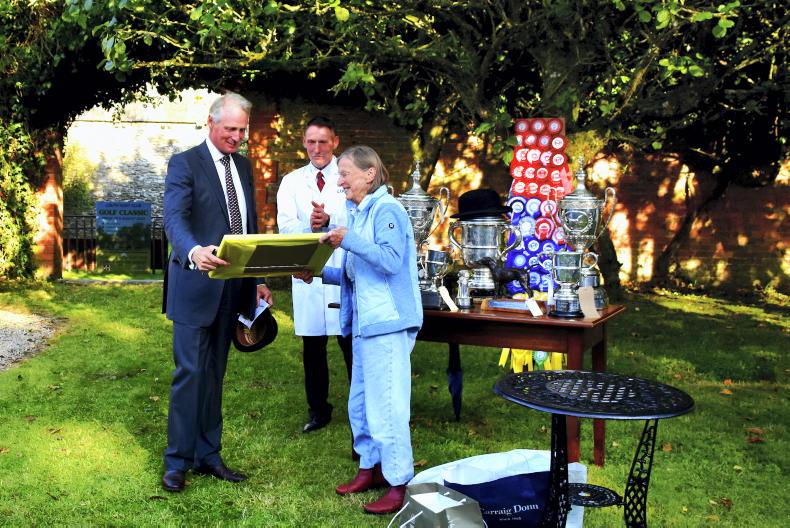
Curragh feedback
From an Irish perspective, he adds: “On a more positive note, I’m delighted to see the Curragh doing so well again. I think it’s a wonderful facility now and we’re very proud to be a part of the Irish Guineas weekend, sponsoring the Irish 2000 and 1000 Guineas, as well as the Tattersalls Gold Cup. We put a lot of money into backing that meeting, it’s the biggest sponsorship we do worldwide.
“I think it’s really important for European racing that the Curragh is successful. Obviously there have been a few twists and turns and they’ve had a lot of bad luck with Covid and so forth, but I think it’s great to see it up and running again.
“You’re starting to see more overseas runners there and that makes the racing more interesting for everyone. Racing needs that international appeal.
“We all want competitive and interesting racing, and maybe even more could be done to attract further international runners - to increase that level of interest.”
The ball is constantly rolling in the world of bloodstock and a frantic few months are incoming for Mahony and his team.
The mixed August Sale kicks off on September 1st, quickly followed by the Somerville Yearling Sale on September 5th and October Yearling Sales (Book 1, 2, 3 and 4) a month later, as well as the Autumn Horses in Training Sale in late October. On Irish soil, the September Yearling Sale gets underway on September 19th, while online sales continue into each month of the year.
“Our focus is very much on the yearling sales at the moment,” says Mahony.
“Book 1 represents probably a third of our turnover in any one year so it’s pretty important to us. We’ve got a large number of Irish horses coming over for it and we’re working on attracting overseas buyers to the sale.
“We’re an Anglo-Irish company and are very proud of the services offered to Irish vendors over the years. Of all the vendors in our Book 1, 50% come from Ireland and the record highest-priced yearling we ever sold came from Ireland too - a 5,000,000gns filly by Galileo [named Al Naamah] from Lodge Park Stud 10 years ago this year.
“The highest-priced foal ever sold in Europe, as well as the highest-priced broodmare, each came from Irish studs and were sold here in Newmarket as well. Our association is long standing and we’re particularly proud of that.”
On both sides of the Irish Sea, it’s a case of full steam ahead of Tattersalls’ next major milestone.
HAVING witnessed a host of top-class performers sold under the Tattersalls gavel across the last four decades, what are the characteristics and physical traits that Edmond Mahony looks for when examining young racehorses?
Taste is a subjective matter for everyone, but a horse’s presence when first inspected is an important part of the process for the hugely experienced auctioneer.
“I think your first impression is absolutely crucial when you’re looking at a horse,” he explains.
“It can be the way they stand and the way they look through their bridle. In my opinion, there are very few good racehorses who don’t have that ‘look at me’ type of quality to them.
“Basically, I like a horse who grabs your attention from the word go. It’s tough to define in strict terms but the good ones often have that quality in them.
“Other than that, I love horses with a big eye and big ears, all the usual positives. A good walk is obviously absolutely essential if you want to have a good sales horse.”
Distance debate
There has been plenty of discussion in recent times over the growing influence of speed in the breed, arguably to the detriment of the middle-distance and staying horse on the flat.
Mahony feels adaptations to the race programme can help bring a greater emphasis back to breeding for increased levels of stamina.
“It’s very important that the whole industry takes care of middle-distance horses within the race programme,” he says.
“The BHA has recognised that now and introduced more opportunities for those two-year-olds in the autumn. There seems to be an effort to revitalise the programme for the staying horse and that’s something to be applauded.
“One of the reasons that so many Australians and Americans are coming to buy yearlings from us is they no longer have those horses in some countries overseas.
“It’s like everything else, though. If you have the race programme being suitable, you generally have a reaction from breeders to adapt. The opposite is also true, however. If the programme is full of races over five and six furlongs then those are the horses who will be produced.”
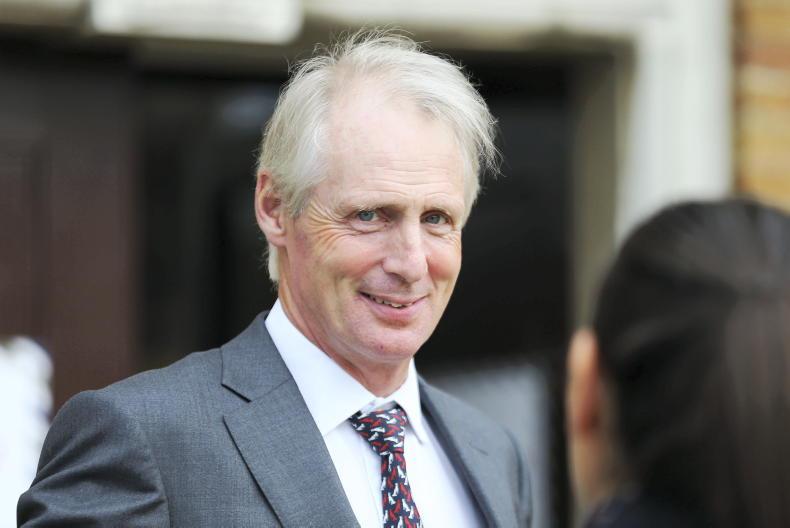

 This is a subscriber-only article
This is a subscriber-only article
 It looks like you're browsing in private mode
It looks like you're browsing in private mode
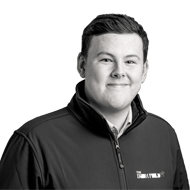








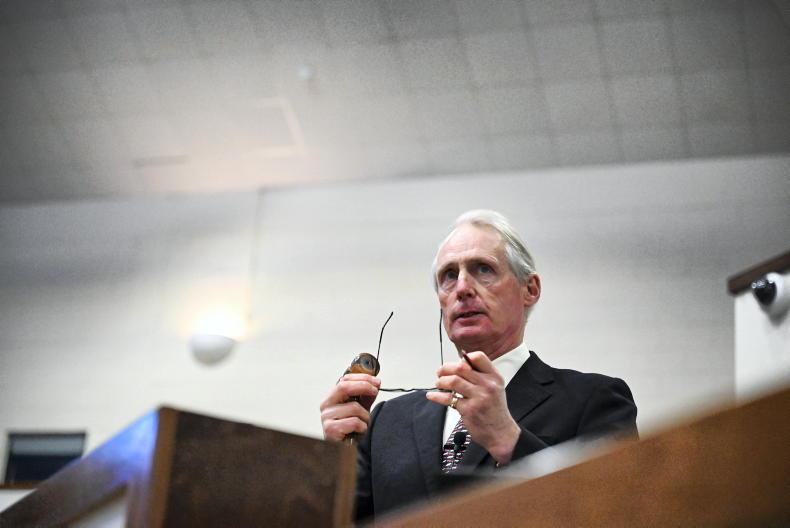
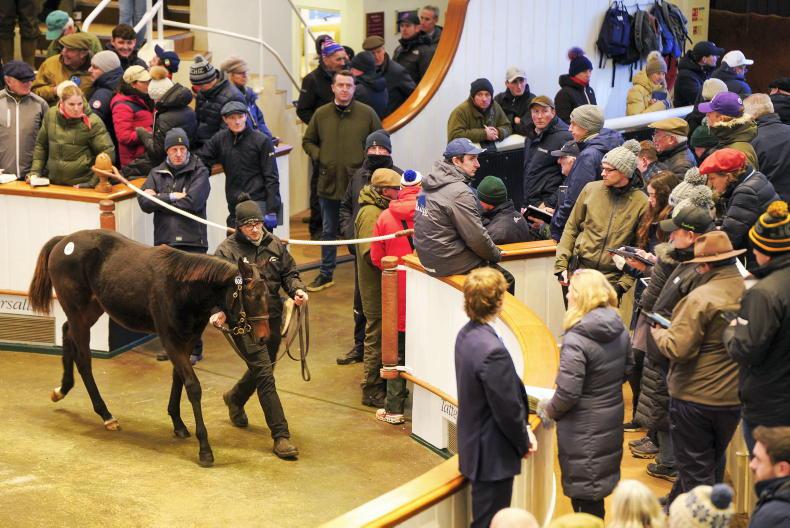
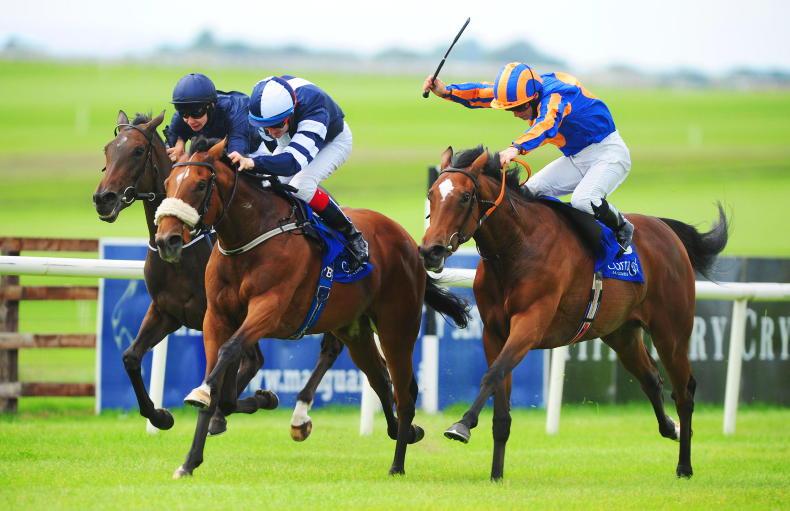


SHARING OPTIONS: